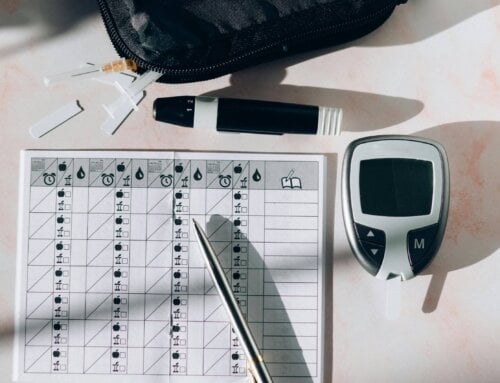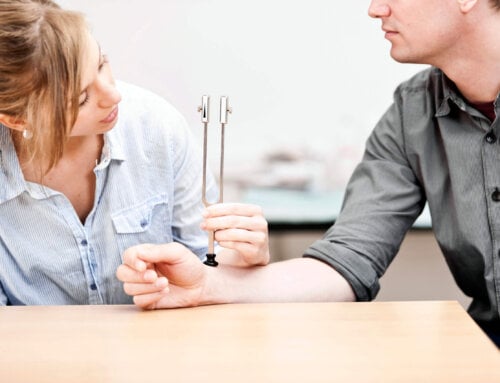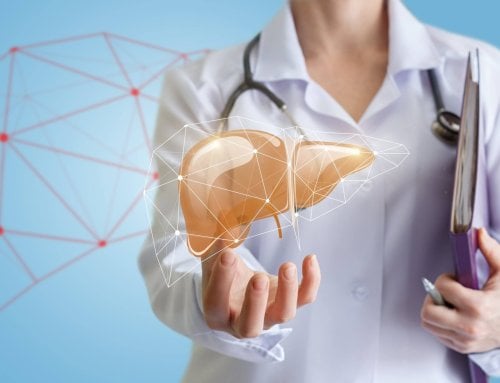Back pain is a problem that affects many people including those with diabetes. Often people with diabetes have other conditions that could cause back pain, such as arthritis, fibromyalgia or kidney problems. Discover how to handle back pain when you have diabetes.
More than half of people with diabetes report they have chronic pain. The most common types of chronic pain are back pain and pain in the feet or hands as a result of neuropathy. Chronic pain can make it more difficult to handle diabetes self-management activities and may lead to elevated blood sugar levels. It is important to deal with back pain so it does not have a negative impact on your ability to sleep, work, function physically and have positive relationships.
There are ways to relieve pain, improve your mood and enjoy a better quality of life:
- The first step is to discuss back pain with your doctor. Learn the difference between acute and chronic pain. Acute pain is a reaction to an injury. This is what we feel when we touch the hot stove, realized we are burned and seek immediate help. Chronic pain might start with an acute injury but remain long after that initial problem. It can be related to irritation or inflammation, which is often associated with diabetes. Factors such as fear, stress, anger and trauma can lead to chronic pain. If left untreated, pain can lead to sleeplessness, tension, depression and anger. All of these emotions can contribute to chronic back pain. Your health care team can help determine whether the pain is caused by physical, emotional and/or mental factors to figure out the best way to treat it.
- There are a variety of physical treatments that can relieve chronic back pain. This might include applying heat or cold to the area. Massage is a good way to relieve the symptoms of pain, including shiatsu and acupressure. Rest can help and the doctor might prescribe something to help you sleep or reduce tension. Exercise is often a very effective way to relieve back pain, including certain types of weight and resistance training to strengthen the supporting muscles and ease pressure on your joints and tendons. Do not start any exercise routine without consulting with your doctor. Your health care team might recommend physical therapy, a physical trainer and/or a dietitian. Excess weight can contribute to back pain. Losing just 10 percent of your body weight can relieve this pressure and reduce back pain. Your doctor may also prescribe certain anti-inflammatory medicines such as aspirin, ibuprofen or naproxen. You may have to take steroids to alleviate back pain which could lead to elevated blood sugars.
- There are also neurological and mental ways to approach back pain and relieve overactive nerves. This may include antiseizure medications. Electrical stimulation may also help. Often a TENS (transcutaneous electrical nerve stimulation) unit is used to send electrical pulses from the surface of your skin to your nerves to help reduce pain. Relaxation techniques can also relieve back pain such as meditation, yoga, deep breathing, Tai Chi and prayer. Unwinding through hobbies, walking and spending time with pets or people can help reduce tension and related back pain. Try taking a short walk each day and wear an Omron pedometer to gauge your progress. Gradually add extra time and distance to your daily walk. Check your blood sugar regularly and keep it in check to reduce neuropathic pain. People with ongoing stress may benefit from talking to a counselor.
- Positive lifestyle habits can help you achieve healthy blood sugar levels and reduce back pain. Losing weight takes pressure off your back, hips, feet and knees. Choose whole foods rather than packaged or processed ones with additives. Avoid pushing yourself until you feel fatigued. Work at a steady pace and plan your day to avoid stress. Take time to smile and laugh to boost your mood and minimize pain. Get enough sleep each night. Make sure your mattress is firm enough to support you comfortably. Take breaks when sitting and pay close attention to your posture. Do stretching exercises which may loosen tight back muscles. Take a warm bath in Epsom salts to reduce inflammation.
If you suffer from chronic back pain, help is available. Discuss your options with your diabetes health care team and take action. Minimizing back pain makes it possible to maximize the rest of your life!












In addition to TENS and massage, some benefit from an Inversion Table. Be sure to consult your doctor first.